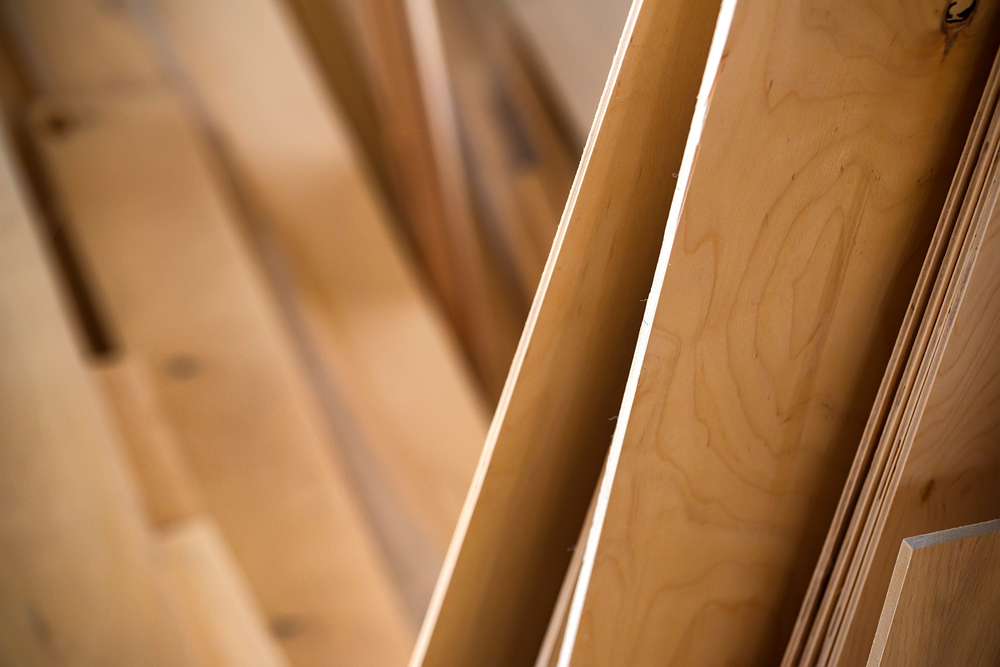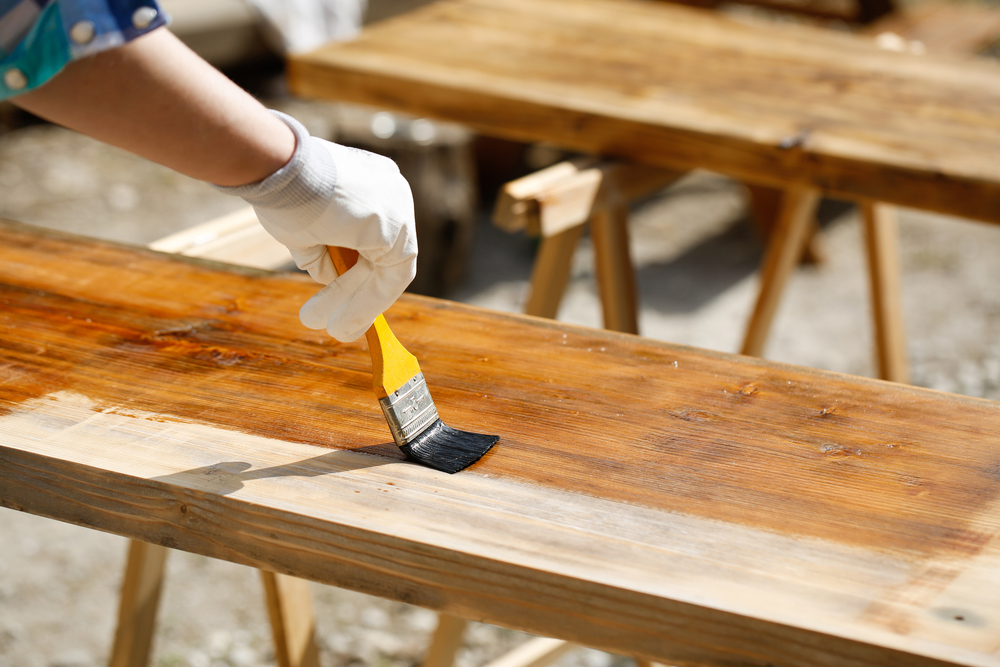Staghorn Fern Mount: Understanding and Caring for Your Mounted Epiphyte
Staghorn ferns, scientifically known as Platycerium, are unique epiphytic plants that capture the imagination of plant enthusiasts. Their name derives from the foliage’s uncanny resemblance to the antlers of a stag. Mounting these ferns is a popular cultivation method, mimicking their natural habitat.
The Nature of Staghorn Ferns
Epiphytes are plants that grow on other plants without extracting nutrients, unlike parasites. Staghorn ferns are native to rainforests in Africa, Australia, and Southeast Asia. They cling to trees, drawing moisture and nutrients from the air and organic debris. This makes them ideal candidates for mounting.
Types of Staghorn Ferns
There are over 18 recognized species of staghorn ferns, each with unique characteristics. Popular varieties in cultivation include:
- Platycerium bifurcatum: A beginner-friendly species with tolerance for various conditions.
- Platycerium superbum: Known for its large shield fronds that form a stunning display.
- Platycerium veitchii: Adapts well to dry conditions, making it versatile for different interiors.
Choosing a Mounting Medium
When mounting staghorn ferns, selecting the right backing is essential. Available mediums include:
- Wooden Boards: Reclaimed wood or cedar boards provide a rustic aesthetic and support.
- Tree Fern Fiber: Offers excellent aeration and moisture retention.
- Wire Frames: Provides flexibility in shaping and is lightweight.
Preparing for the Mounting Process
Select a healthy staghorn fern with intact fronds. Gentle handling is crucial to avoid damage. Prepare sphagnum moss soaked in water. Squeeze it slightly to retain enough moisture without dripping.
Mounting Your Staghorn Fern
Place a layer of sphagnum moss on your chosen surface. Shape it into a mound to support the fern’s base. Position the staghorn fern on the moss. Secure it using fishing line, twine, or a softer alternative for delicate roots. Begin with the crosshatch technique, weaving the line around the fern’s base. Knot the line at the back to hold the moss and plant in place firmly.
Caring for Mounted Staghorn Ferns
Understanding their natural habitat provides clues for care. Regular misting helps mimic the humidity of their rainforest homes. Watering biweekly is advisable, allowing the moss to stay slightly moist. Avoid waterlogging, which can cause root rot. Ambient light suits these ferns; bright, indirect sunlight is ideal. Too much direct sun can burn the fronds.
Feeding Your Staghorn Fern
Staghorn ferns benefit from light feeding during the growing season. A balanced, diluted fertilizer applied every month suffices. Direct fertilizer application can harm the plant. Dilute it in water and apply while misting.
Maintenance of Mounted Ferns
Frond pruning is minimal. Remove dead or decaying fronds with sterilized scissors to prevent disease. Keep an eye out for pests like scale and mealybugs. Maintaining a clean growing environment and regular misting can deter these issues.
Re-mounting and Longevity
Over time, as the fern grows, remounting may be necessary. Signs include exposure of roots and difficulty retaining moisture. Periodically check the backing material. Replace it when it becomes brittle or compromised.
Popular Uses of Mounted Staghorn Ferns
Mounted staghorn ferns add a dramatic flair to interior spaces. They suit wall displays, living plant frames, or hanging installations. Their striking silhouette and growth pattern offer a natural art form. This versatility makes them popular among interior decorators and plant hobbyists alike.
Challenges and Solutions
Common issues include browning fronds or slow growth. Browning can indicate too much sun or insufficient humidity. Adjusting their position or increasing misting can help. For slow growth, check for root-bound conditions or nutrient deficiencies.
Resources for Further Exploration
For those eager to deepen their understanding, numerous resources are available. Online forums and plant societies often provide community support and expert advice. Local botanical gardens or nurseries can offer workshops or demonstrations for hands-on learning.
Exploring books dedicated to epiphytes or tropical plants will broaden knowledge and appreciation. Publications often cover the broader environmental roles and adaptations of these fascinating plants.






